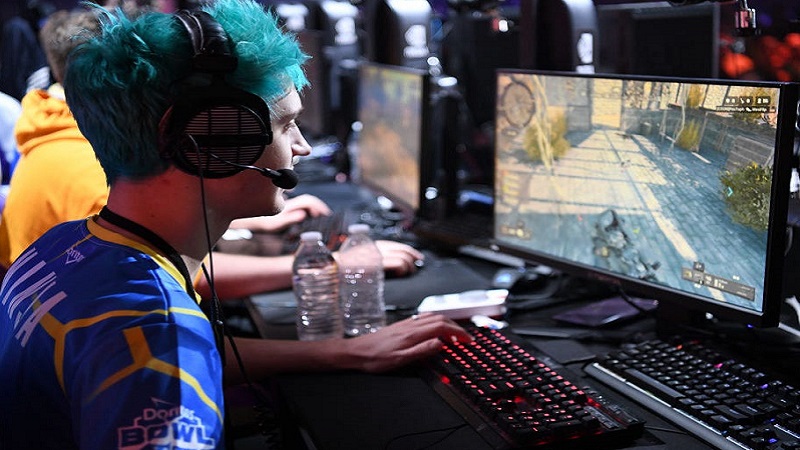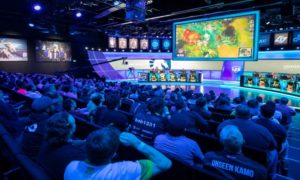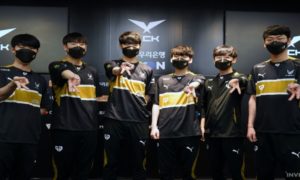Influencers drive trends and style in a way that would have been impossible just a few decades ago – thanks to the easy connections afforded by social media and sharing apps like Instagram and co, a whole new category of occupations was created.
While the word ‘influencer’ brings to mind fashion and trends for most, esports has plenty influencers all of its own – streamers! What may have started as a side phenomenon has become a vital part of esports – to a degree where more and more esports athletes leave pro play in order to stream.
It’s no secret that esports athlete is one of the more demanding jobs in the esports industry – incredibly long hours, tough schedules and more can drain even the most determined player. Streaming takes off much of that stress, and still offers solid income opportunities.
What’s more, for many esports fans, especially casual fans, streamers provide an entry point into esports. While some fans find their way to esports via esports betting, for example, just as many first discover it by watching their favourite streamers on Twitch or YouTube.
High-profile esports pros have also gone down this road – Lucas ‘Mendo’ Hakansson, a former Houston Outlaws players left the Overwatch League after a season, to escape what was up to 18 hours of practice per day. “It was honestly a miserable experience being there,” he said. After leaving, he signed with Team Liquid – not to compete as a pro, but as a gaming influencer. He’s moved on to play Valorant now (also something many Overwatch pros have taken to doing), and far prefers having more agency. “Why can’t I control my own career and control my own destiny and have the opportunity to build a business around myself?”

A badly hidden secret
What may seem like an inability to cope with tough environments is far more than that – one example of strong trend, driven by the awful conditions esports pros often have to endure, not to mention the occasionally predatory working and training conditions and contracts they deal with.
This trend has only strengthened during Covid-19 – after all, people suddenly found esports events cancelled, and had more time in general to watch streamed content. Indeed, online esports hours watched have increased significantly… and a section of the industry that was already struggling was stretched even thinner.
Which section? The live-event hosting. Big tournament providers like ESL and BLAST have no issue filling stadiums with their competitions, but live events are ultimately not very profitable… and that’s when they’re actually allowed to have a live audience, which hasn’t been the case in well over a year. Costs continue of course as event locations need to be paid for, as does staff and more, creating something of a financial dilemma for a lot of tournament organisers.
On the flip-side however, streamers have done better than ever – increased viewership numbers mean more income, after all, and plenty of people discovered a new interest in gaming influencers and streamers.
The industry will have to adapt – likely towards a model that is less exploitative towards esports athletes and one that has more space dedicated for esports influencers as well.








